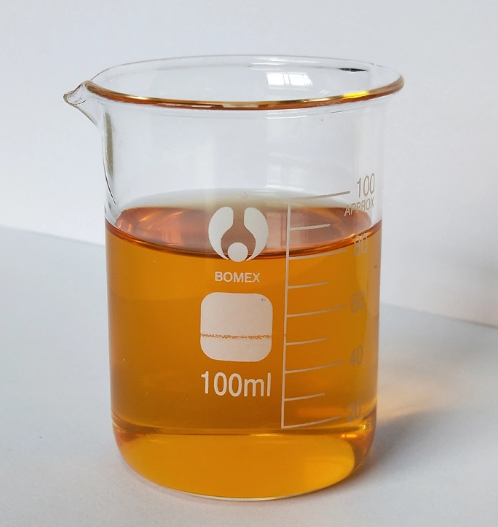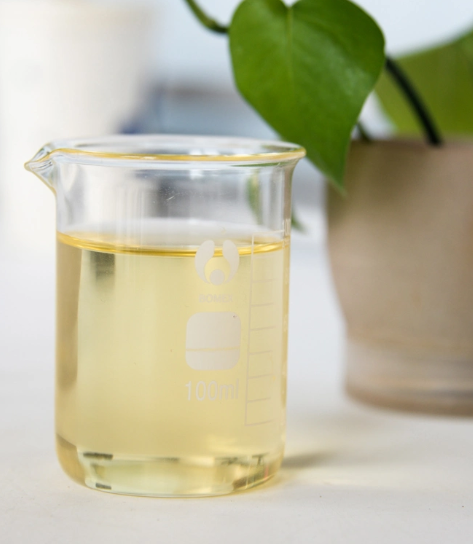Post Date:8,Jul,2024
1. The water reduction rate fluctuates from high to low, making it difficult to control during the project.
The promotional materials of polycarboxylic acid-based water-reducing agents often specifically promote their super water-reducing effects, such as water-reducing rates of 35% or even 40%. Sometimes the water reduction rate is indeed very high when tested in the laboratory, but when it comes to the project site, it is often surprising. Sometimes the water reduction rate is less than 20%. In fact, water reduction rate is a very strict definition. It only refers to the use of benchmark cement, a certain mix ratio, a certain mixing process, and the control of the concrete slump to (80+10) mm in accordance with the "Concrete Admixtures" GB8076 standard. data measured at the time. However, people always use this term on many different occasions to characterize the water-reducing effect of products, which often leads to misunderstandings.

2. The greater the amount of water-reducing agent, the better the water-reducing effect.

In order to configure high-strength concrete and reduce the water-cement ratio, engineering and technical personnel often need to continuously increase the amount of polycarboxylate water-reducing agent in order to obtain good results. However, the water-reducing effect of polycarboxylic acid-based water-reducing agent is highly dependent on its dosage. Generally, as the dosage of water-reducing agent increases, the water-reducing rate increases. However, after reaching a certain dosage, the water-reducing effect even "decreases" as the dosage increases. This is not to say that the water-reducing effect decreases when the dosage is increased, but because serious bleeding occurs in the concrete at this time, the concrete mixture is hardened, and the fluidity is difficult to reflect by the slump method.
In order to ensure that the test results of polycarboxylic acid superplasticizer products all meet the standards, the dosage of the product specified when submitting for inspection cannot be too high. Therefore, the product quality inspection report only reflects some basic data, and the application effect of the product must be based on the actual experimental results of the project.
3. Concrete prepared with polycarboxylate water-reducing agent bleeds seriously.
Indicators reflecting the performance of concrete mixtures usually include fluidity, cohesion and water retention. Concrete prepared with polycarboxylic acid-based water-reducing admixtures does not always fully meet the usage requirements, and problems of one kind or another often occur. Therefore, in actual tests, we usually still use terms such as severe rock exposure and heaping, severe bleeding and segregation, heaping and bottoming to vividly describe the performance of concrete mixtures. The properties of concrete mixtures prepared using most polycarboxylic acid-based water reducing agents are very sensitive to water consumption.
Sometimes the water consumption only increases by (1-3) kg/m3, and the concrete mixture will bleed seriously. Using this kind of mixture cannot guarantee the uniformity of pouring, and it will easily lead to pitting, sanding, and holes on the surface of the structure. Such unacceptable defects lead to a decrease in the strength and durability of the structure. Due to the lax control over the detection and control of aggregate moisture content in commercial concrete mixing stations, it is easy to add too much water during production, leading to bleeding and segregation of the concrete mixture.
Post time: Jul-08-2024






